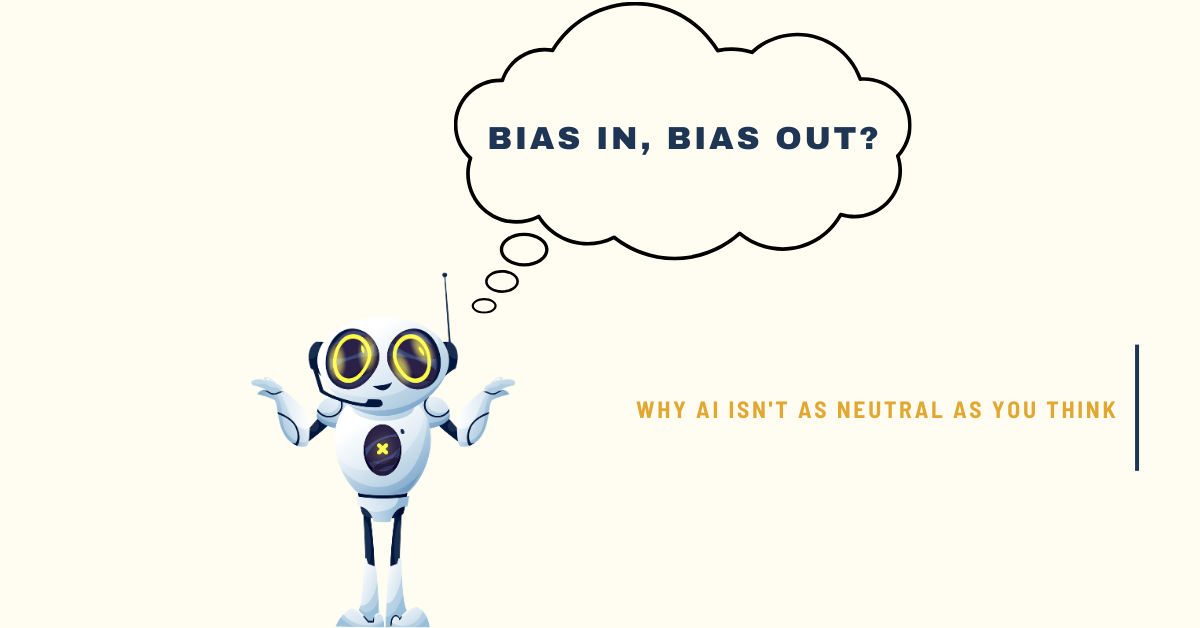How to use Artificial Intelligence (AI) as a student or in essays, assignments, theses, or for research is something we at tilburg.ai aim to shed light on in every article. Tilburg.ai is an initiative to responsibly integrate AI into education, which means that an important aspect of using AI for research is to cite its usage properly. Accordingly, This article discusses how to cite AI usage in your Academic work properly.
More specifically, this article focuses on referencing AI usage using the APA Style and provides an example for explanation purposes.
Short Recap of How to Cite
Every academic work builds further on a series of previously published sources. So, when writing a paper, essay, or thesis, it is academically responsible to support your argument with insights and research results from the scholarly literature.
There are different ways, a total of 3, to incorporate this information from academic works into your work:
- Quoting directly from the source, by reproducing the author’s exact words;
- Paraphrasing, by rewriting a passage in your own words;
- And summarizing, by briefly restating the author’s main ideas.
For each of these methods, you must always cite your sources. By doing so, you give the authors the credit they deserve and allow the reader to verify the accuracy of your claims.
APA-Style
The APA Style is established by the American Psychological Association. In APA, a source must be cited in two places:
- In the text, where a brief in-text citation (the author and the publication year) is inserted.
- In the reference list at the end of the document, more complete source information is provided.
How to Cite ChatGPT and AI Usage
In-text Citations
If you use information generated by AI tools such as ChatGPT, Copilot, or Google Bard, you must mention this in your text and include a reference. Example case:
For the prompt "What is the effectiveness of cognitive behavioral therapy in treating depression in young adults?" the text generated by ChatGPT indicated that cognitive behavioral therapy is very effective in treating depression in young adults: "cognitive behavioral therapy (CBT) is one of the most effective treatments for depression in young adults. Various studies have shown that CBT is effective in reducing depressive symptoms and preventing relapse" (OpenAI, 2024).
Follow the following steps:
- Provide the prompt you used and add any relevant part of the text generated as a response.
- Please note that both the prompt and the generated text must be enclosed in quotation marks
"". - In our example, a short literal quote is used.
- Please note that both the prompt and the generated text must be enclosed in quotation marks
- After the quotes are closed, open the
(brackets and mention the company that developed the AI model, this is considered the author.- In our example,
OpenAIthe company that developedChatGPT, is considered the author.
- In our example,
- End the author with a comma, then state the publication year and close the brackets off
).- The publication year is the year of the version you used, not the year the text was generated.
Parenthetical reference: (OpenAI, 2024)
Narrative reference: OpenAI (2024)
When ChatGPT is prompted for sources to support its claims, it will give references. While it can provide correctly cited sources, it could also generate fake ones. For example, it can give a digital object identifier (DOI) that belongs to a different article or create sources that don’t exist entirely. If you’re using ChatGPT or similar AI tools for your studies, it’s important to verify the sources it provides. If the sources are real and accurate, it’s better to read the original articles yourself. This way, you can learn directly from the research and use accurate information in your work.
Reference list
The reference list citation for ChatGPT is formatted as follows:
OpenAI. (2024). ChatGPT (Feb 17 version) [Large language model]. https://chat.openai.com/chat
This citation is composed of the following parts:
- Start with the reference of the name of the author; in this case, OpenAI, which is the company behind ChatGPT.
- Next, is the publication year of the version you used. You need to include only the year, not the exact date.
- This is something different than the date to which the model is trained.
- For this, you need the version number. Click on the question mark at the bottom right of the ChatGPT website and choose ‘Release notes’. See again the earlier video for an example.
- For other AI tools, if it isn’t clear when a particular tool or version of a tool was released, use Google to find out.
- The name of the model is “ChatGPT,” or if you use Bard, it is “Bard,” and so on. This serves as the title and is italicized in your reference, as shown in the example.
- Although OpenAI labels unique models (i.e., ChatGPT-3, ChatGPT-4), they use “ChatGPT” as the general name of the model.
- Include a form-specific description in square brackets
[].- Bracketed text is used in references for additional descriptions when needed to help a reader understand what’s being cited.
- References for many common sources, such as journal articles and books, do not include bracketed descriptions, but sources outside the typical peer-reviewed system often do.
- For ChatGPT, provide the descriptor “Large language model” in square brackets.
- OpenAI describes ChatGPT-4 as a “Large Multimodal Model,” so that description may be provided instead if you are using ChatGPT-4.
- Bracketed text is used in references for additional descriptions when needed to help a reader understand what’s being cited.
- To end the reference, provide the URL: https://chat.openai.com/chat.
- Note that this is not the entire URL. This is because ChatGPT’s response to your prompt is unique and not accessible to the reader.
- Do not include a period after the URL.
- Don’t forget to use a
hanging indentwhere the first line of the reference aligns with the left margin, with each subsequent line indented by 1.27 cm (0.5 inch). Here is the method for creating a hanging indent in Word:- Highlight the reference with your cursor. Right click. Select Paragraph. Under Indentation, select Special and Hanging.
Normally, the publishing organization is included after the title. In this example, however, the author and publishing organization are identical. To avoid repetition, omit the publishing organization’s name.
Examples
Microsoft. (2023). Bing Chat [Large language model]. https://bing.com/chat
How To Reference AI Images
Currently, there are no established standards for integrating AI-generated images into citation formats like APA 7th, Chicago, etc. Depending on the referencing style, our current advice for citing AI-generated images varies. If possible, we also recommend including the prompt or question that led to the creation of the image so that your readers have some background information. The best practices we will discuss vary based on whether you are using your own AI-generated images or reusing those created by others. We will describe each situation separately.
Please note that our recommendations for how to reference AI-generated content may change in the future as referencing style manuals are updated.
How to Reference Created AI Images
- Assign a figure number and a brief title above the image if you plan to include it in your work.
- Below the image, add a caption stating that an AI tool (specify the tool you used) generated it and include the prompt used.
- There is no need to list an AI-generated image in the reference section.
Example
Figure 1
An AI-generated image of a student using an AI tool for his studies

Note. Image generated using DALL·E 3 from the prompt student using an AI tool for their studies.
How to Reference Existing AI-generated Images Produced by Others
If you are using AI-generated images that have been reproduced in a published source (like a newspaper article), use the APA 7th style guidelines to cite the source in the caption below the figure.
- Place a figure number and a brief title above the image.
- In the caption below, include details about the image and its source.
- Also, make sure to include the published source in your reference list, following the standard APA guidelines for that type of source.
Do’s and Don’ts of Using ChatGPT for Academic Usage
Do’s
- Check if your university, school, or course has any restrictions about using ChatGPT.
- Use ChatGPT and other generative AI tools to support your learning.
- Cite ChatGPT as a source of information as long as you use it, even if you paraphrase the content.
- Cross-check facts produced by ChatGPT against other sources of information.
Don’t’s
- Let ChatGPT write your entire assignment as that is considered plagiarism.
- Make ChatGPT recommend references for your assignment, paper, or project as most of them do not exist or are completely irrelevant!
References
American Psychological Association. (2020). Publication manual of the American Psychological Association (7th ed.). https://doi.org/10.1037/0000165-000
Tilburg University. (n.d.). Citing sources according to APA guidelines. https://libguides.uvt.nl/apa-manual




